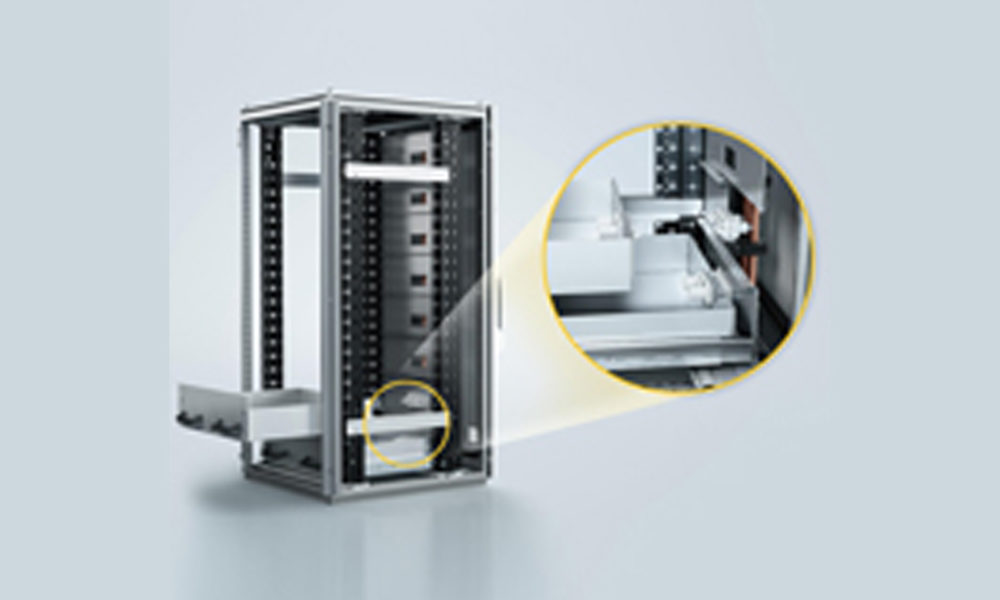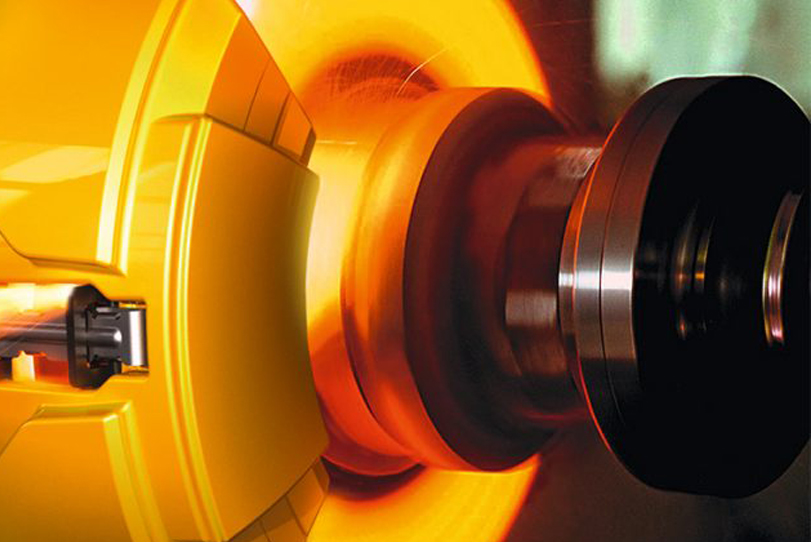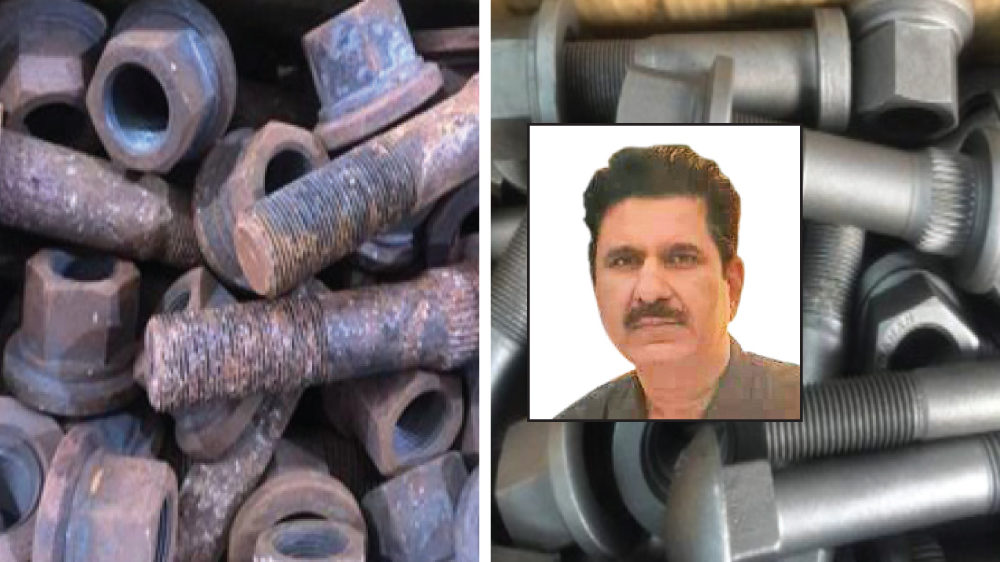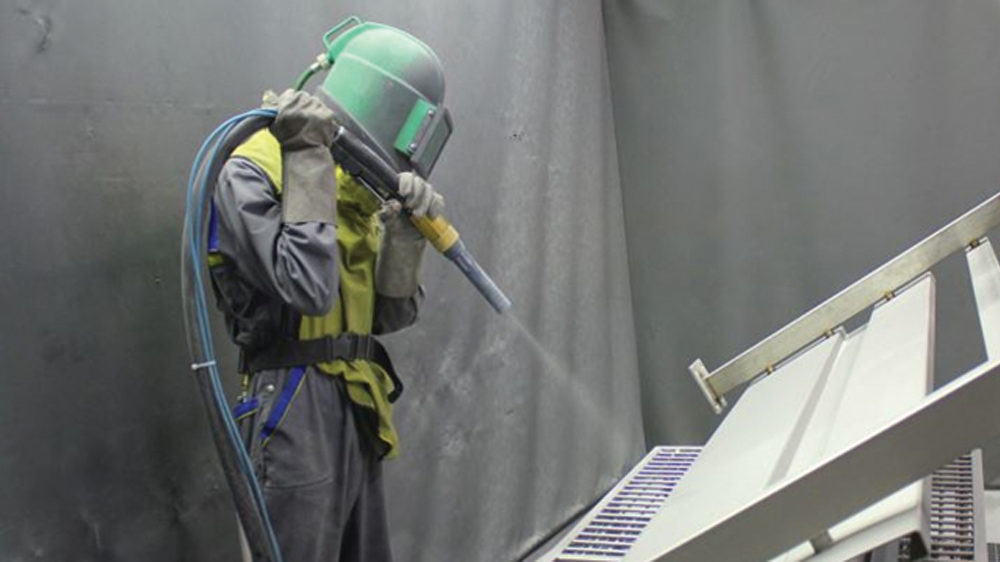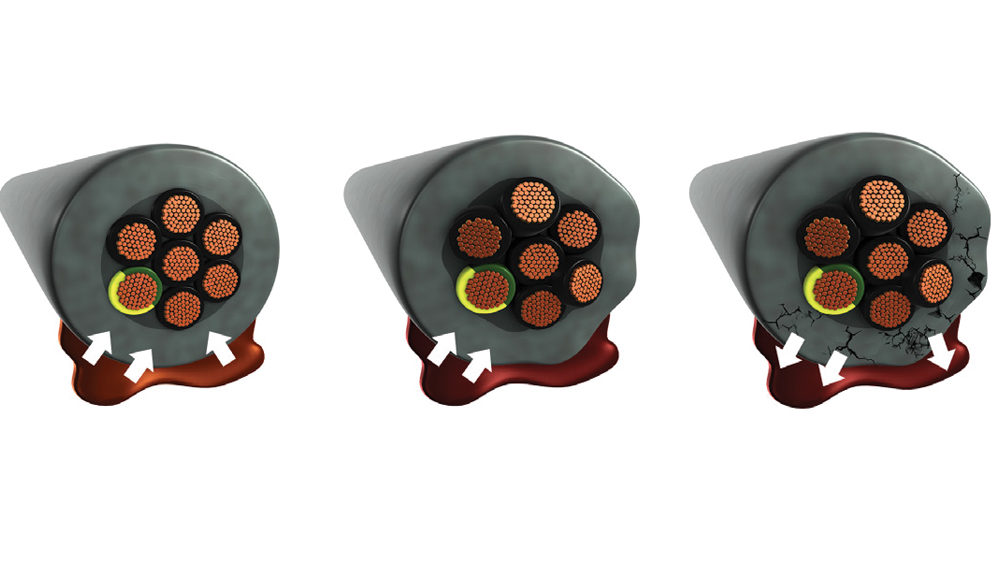Han Docking Frame: A connector for modular energy storage
By admin August 5, 2016 5:13 pm IST
Supplying power from renewable energies requires electrical storage capability to balance out peaks and troughs in the mains voltage caused by fluctuations in wind and solar generation. Current storage systems provide greater flexibility. They absorb surplus generation and relieve the mains network. The charge they hold also helps to cover short-term peaks in demand. This means that the capacity of (decentralised) generation systems is better used and the network is more reliable.
The storage systems are integrated into intelligent network management systems (smart grid) via a powerful communications structure. They are of a modular construction so that: They can adjust flexibly to different generation capacities Can be configured redundantly. This means that when individual modules fail they can be replaced without interrupting the operation of the system as a whole.
Efficient storage systems generally consist of several storage cabinets which are grouped as modules into containers and which hold storage units in a drawer-like arrangement. HARTING connectors provide the interfaces required for this modular structure: They are easy to assemble and facilitate servicing, thus making a contribution to keeping downtime within limits.
At the heart of the solution is the Han Docking Frame used with the Han-Modular connector series. The docking frame ensures that the push-in contact between the storage units is close and reliable. The solution manufactured by Rittal is a good example. The drawers of the storage cabinets are fitted with two Han 200 A modules for power transmission, supplemented by two Han Megabit modules for data exchange. The Han Docking Frame floats between the drawer and the busbar. It offers sufficient tolerance compensation to allow accurate and frictionless guided insertion of the pins on the drawers into the sockets of the Han 200 A module. The sockets are screwed directly to the busbar on the back wall of the cabinet, which reduces the amount of cabling required.
Cookie Consent
We use cookies to personalize your experience. By continuing to visit this website you agree to our Terms & Conditions, Privacy Policy and Cookie Policy.



